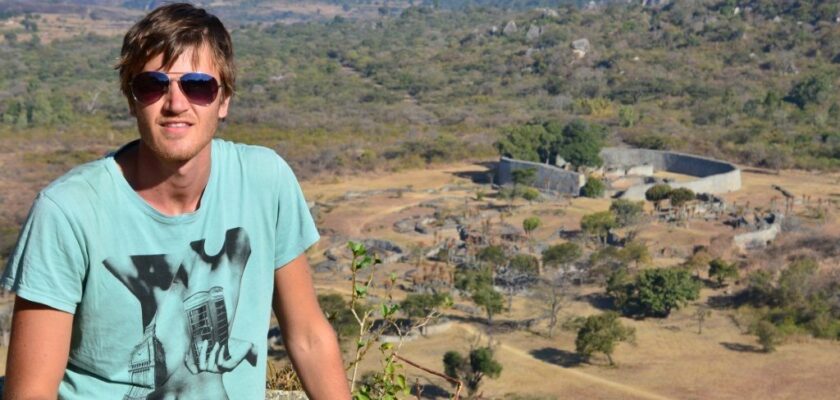Great Zimbabwe
Great Zimbabwe is Africa’s largest architectural ruins south of the Great Pyramids in Egypt, located in Masvingo province in Zimbabwe. The ruins are a true architectural marvel. They cover an area of 730 hectares and were formerly a major trading and religious center, home to over 15,000 citizens.
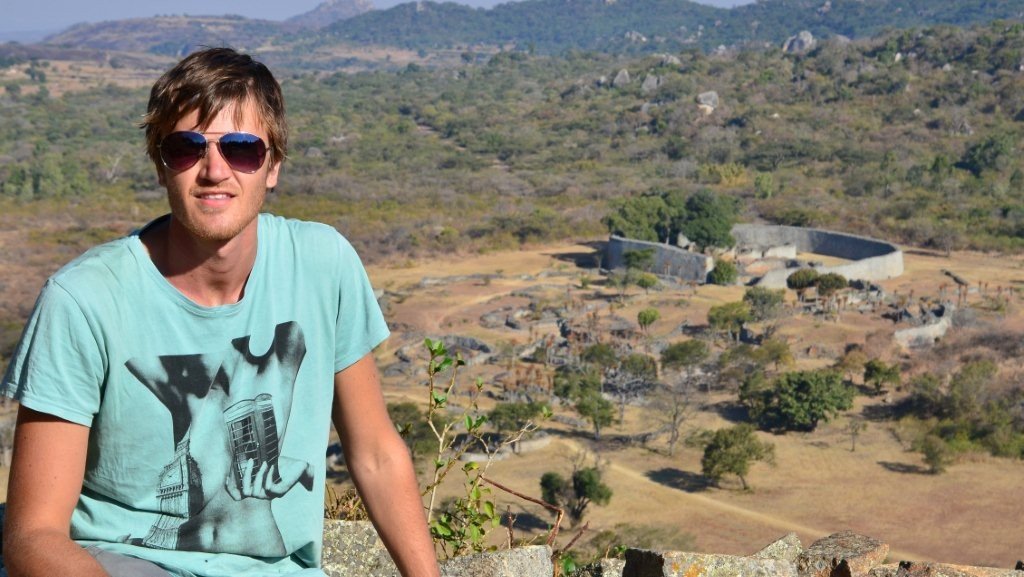
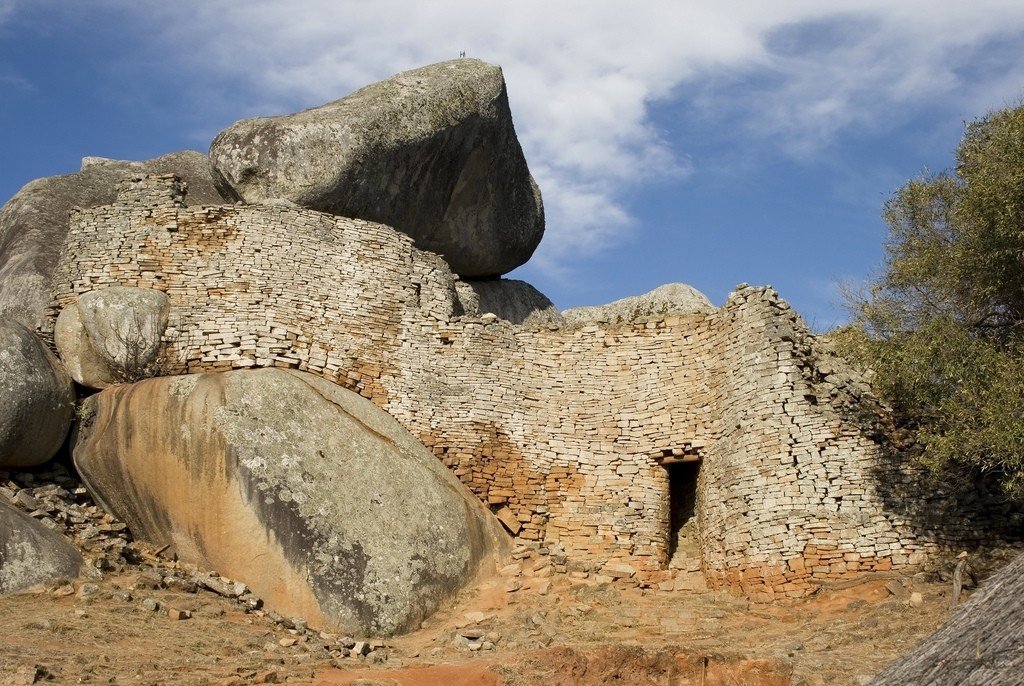
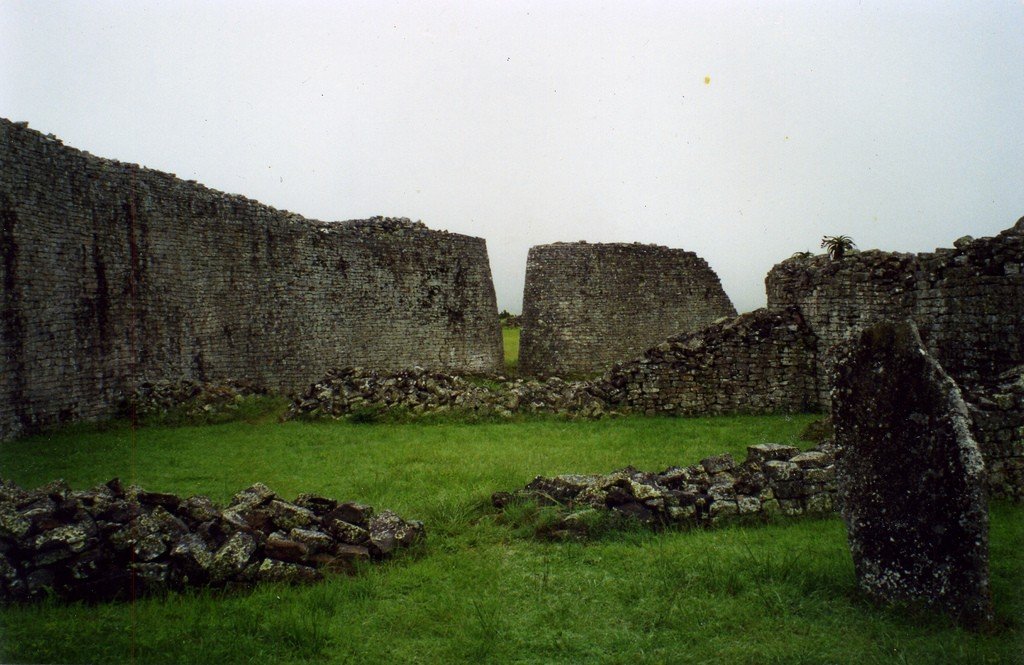
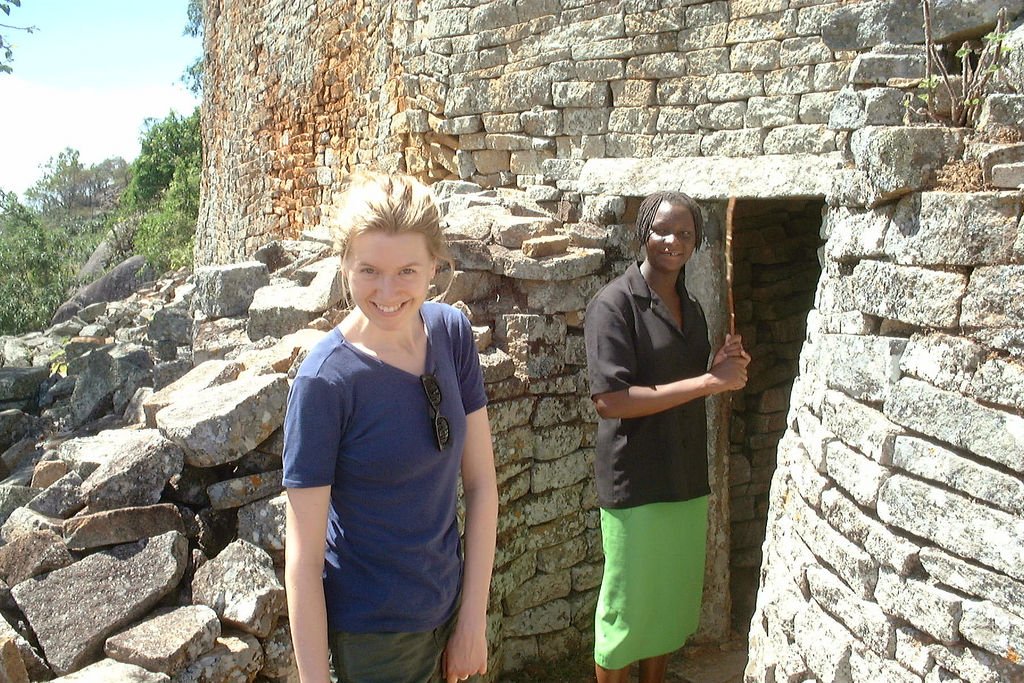
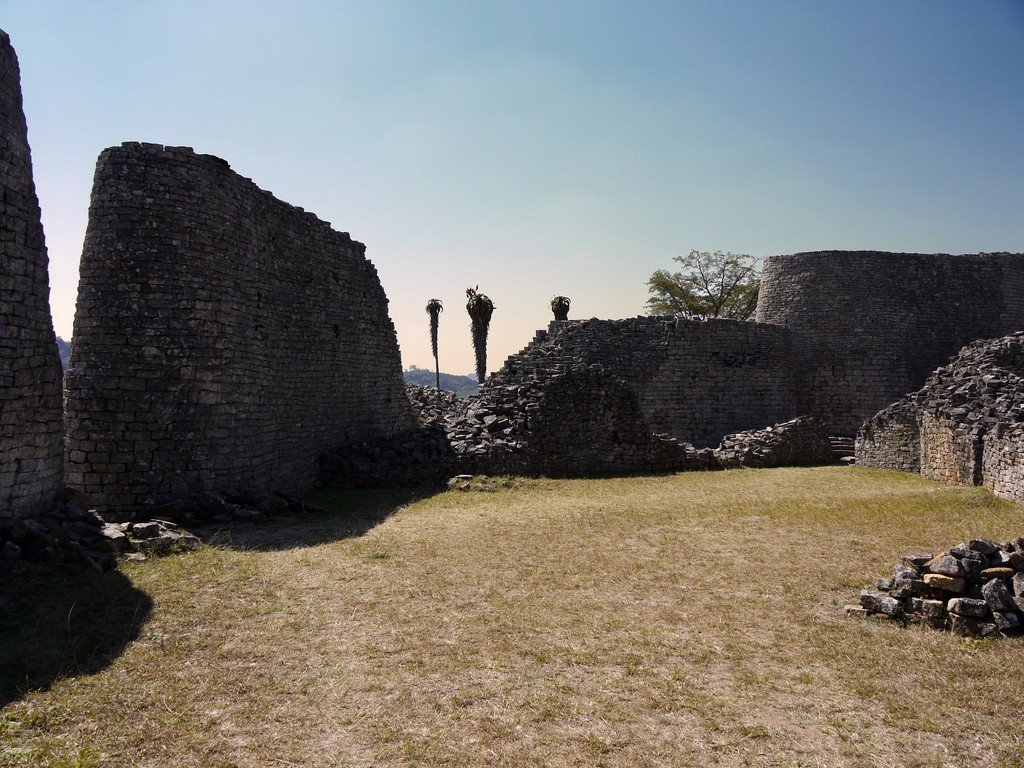

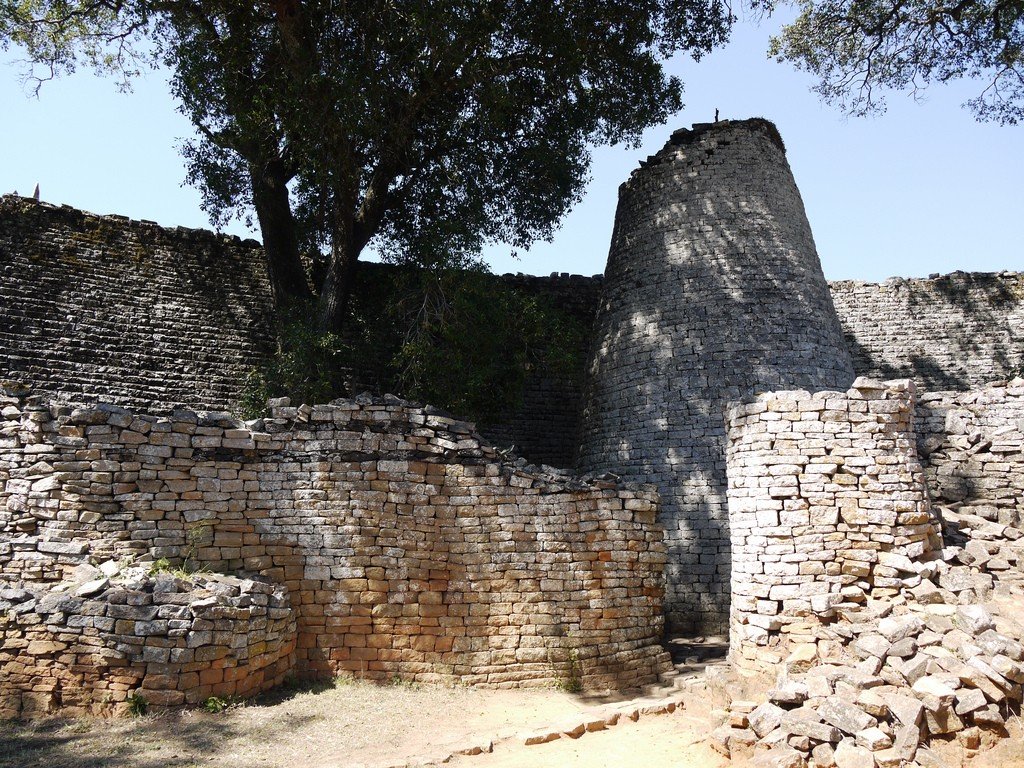
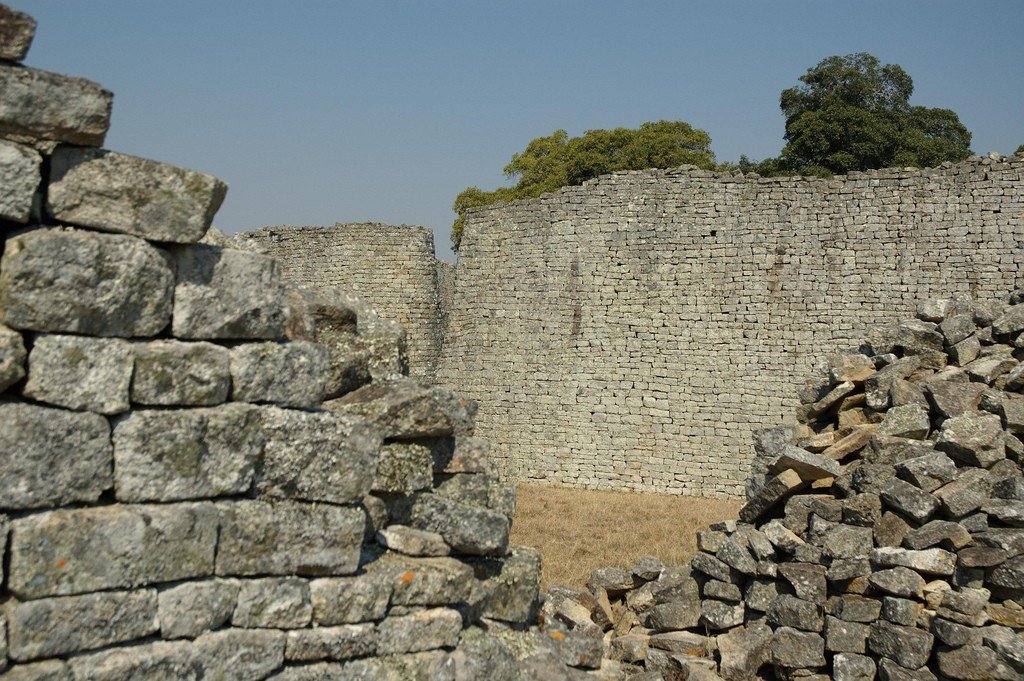
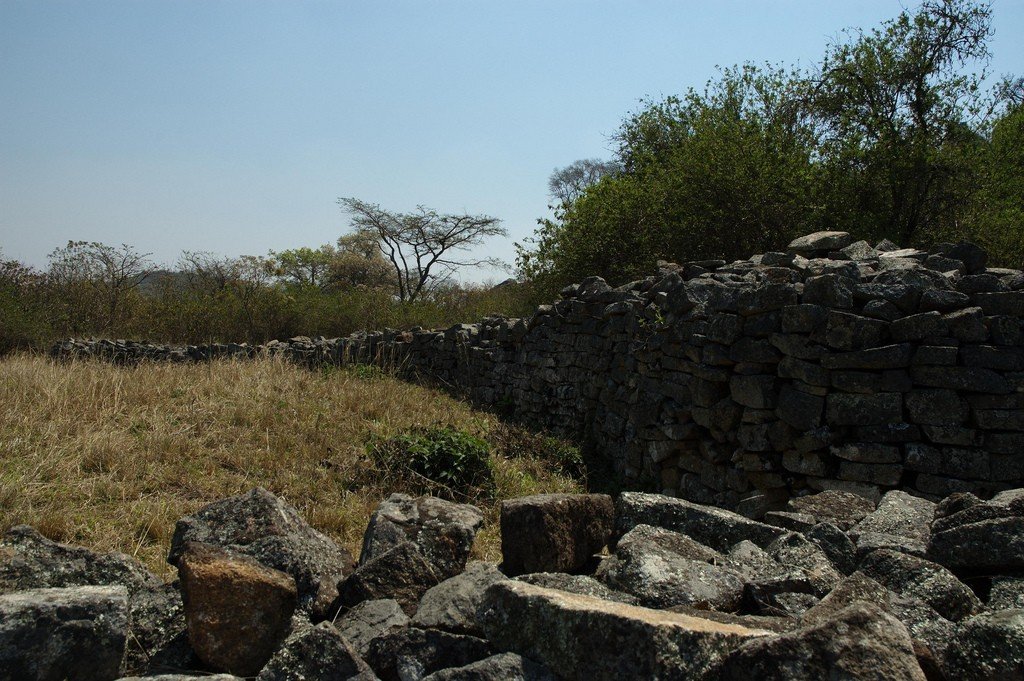
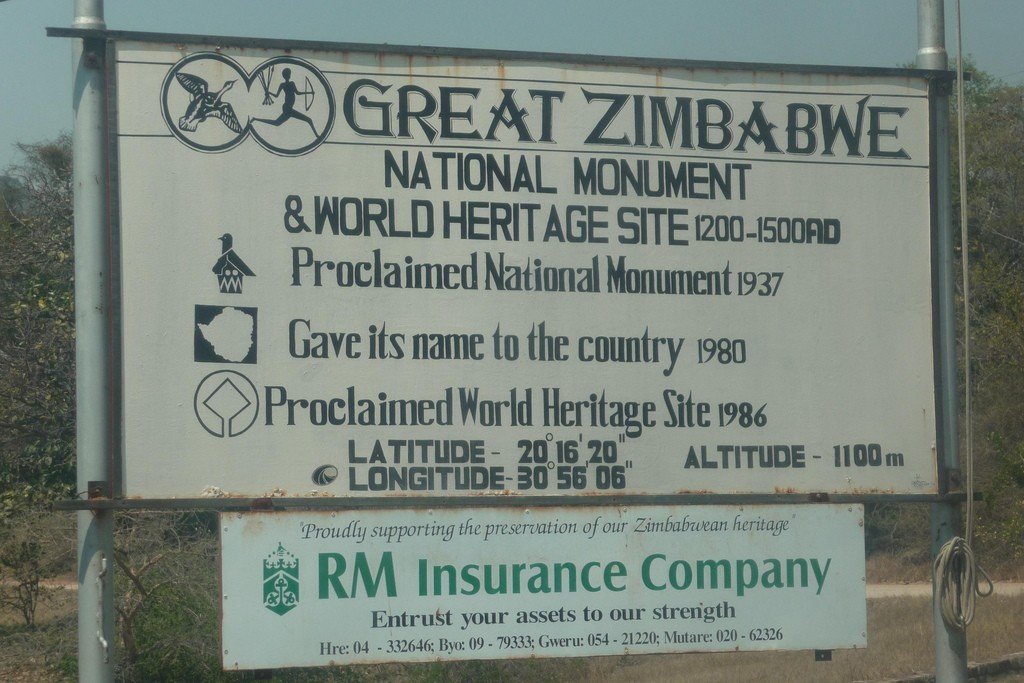
General Information
The Greater Zimbabwe Complex is made up of regular shaped triangular granite slabs carefully joined together so as to produce complex ornaments, without the builders using any mortar. The complex can be divided into three distinctly different architectural parts: “On the Hill”, “In the Valley” and “The Enormous Fence”. The most imposing structure is the giant elliptical-shaped enclosed fence where the nobility was believed to have lived. The 5m thick walls rise to a height of 11m. The 10m high conical tower is also remarkable, as it was probably used during religious ceremonies, attributing phallic meaning to the structure.
.
Although the ruins appear remarkably indestructible, in reality they consist of crumbling rocks and winding paths.
.Greater Zimbabwe is believed to have been the main shrine and cult center of the ancestors of the Shona people (a people of the Bantu group). The city was founded around 1130 and existed for two to three centuries. In ancient times it was the center of the Monomotapa state, also known as the Great (Greater) Zimbabwe Power, Muene Mutapa or Munhumutapa. This empire ruled the territory now within the borders of the modern state of Zimbabwe (which takes its name from this city) and Mozambique. They traded with the rest of the world through ports such as Sofala in the south of the Zambezi River Delta.
.History
The huge stone ruins of Greater Zimbabwe were first discovered in the 16th century by Portuguese traders. Because of the sheer size and beauty of these ruins, they assumed they had succeeded in discovering the fabled capital of the Queen of Sheba. Then the Portuguese were pushed back to the ocean, but the mysterious city managed to get on the pages of the chronicles of João de Barrosa – it was he who first connected the ruins with biblical tales. The last Portuguese expedition to Zimbabwe went missing in 1569. In 1862 the city was unsuccessfully searched for by missionary Alexander Merenski, and five years later it was finally discovered by German adventurer Adam Render. He settled in the Ndebele lands and two years later met his fellow countryman Karl Mauch, who had just discovered gold placers with traces of old workings. The natives were not mining gold, and the traveler was quite puzzled. After learning of Mauch’s discovery, Render led him to the jungle ruins in September 1871. According to him, no African tribe knew how to build with stone and even the learned Arabs could not read the signs occasionally found in the ruins. Mauch decided that the mines he had found supplied King Solomon with gold, the walls and towers were built by the ancient Jews or Phoenicians, and the whole country of Ndebele was nothing but the biblical Ophir. The German’s report caused a sensation in Europe. In 1905, professional archaeologist David Randall-Maclver made his first appearance in Greater Zimbabwe. He proved that the builders of the city were ancient Africans, and Gertrude Caton-Thompson in the late 20’s finally confirmed the correctness of his discovery. Theories about Zimbabwe’s links with ancient Judea are still alive today. Thus, London professor Tudor Parfitt claims that the local Lemba people have one chromosomal set with the Jews, and the ancient vessel stored in the Museum of Human Studies in Harare is… the biblical Ark of the Covenant. the biblical Ark of the Covenant! The fascinating and absolutely fantastic story of the search for the mysterious “city of the Carthaginians” on the border of the Kalahari sands is presented by Wilbur Smith in his novel “The Bird of the Sun”.
Construction of the capital of the Zimbabwean Empire (“Great Stone Houses” in Shona) began in the XI century and lasted 300 years. In the fourteenth century, more than 15,000 people lived in the city. After another century, the climate changed and the center of political power moved to the banks of the Zambezi. By the end of the XV century. Greater Zimbabwe was completely abandoned by the inhabitants. Now it is the most impressive monument of ancient African architecture south of the Sahara and Egypt. The main discovery made in the ruins are sacred birds carved from soft stone. The image of such a bird is present on the coat of arms and flag of modern Zimbabwe – look at your visa. Five statuettes were taken to South Africa, but four returned home in 1981 (the remaining one in Cape Town is in the former S. Rhodes estate).
.Tourists
The base for traveling to Greater Zimbabwe is Masvingo. In 1890, Fort Victoria Fort was built at the fork of the roads leading from South Africa to Harare and Bulawayo. It soon became a town, and the present name was given in 1982. Masvingo can be reached from Johannesburg by Greyhound buses (daily, 8 pm, 13 hrs. journey, 460 p.), Intercapei 2 trips a day, 1 pm and 7.30 pm, about 14 hrs. journey, 450 p.), Eagleliner (4 trips a day starting at 10 am, about 14 hrs. journey, 520 p.) or City Link (250 p./35 $). The city is conveniently planned: the A4 highway running from south to north is considered its main street and is called Robert Mugabe Way. You will first pass a Total gas station, then the TM Supermarket shopping center will be on your left, followed by Edgars shopping center (all on the left). This is the town center with restaurants and Barclays and Standart Chartered ATMs. International buses stop at gas stations south of town – Shell Ultra City (at the turnoff to Greater Zimbabwe, 24-hour Wimpy Cafe) or Exor Service Station (next to the Flamboyant Hotel, closer to town). You can ask to be dropped off in the center, although drivers are not allowed to do so. Domestic buses use the parking lot on the corner of the A4 and Bradburn St., at the western exit of the city. There is a Spar supermarket nearby. Masvingo is equidistant from Harare and Bulawayo (about 300km) – a drive of about 5 hours in either direction. There is a train station in the eastern part of Masvingo, but it is of little use to the traveler. Two towers of the British fort, built in 1892-93 – Bell Tower and Curfew Tower – remain in the center. The former stands at the intersection of Robert Mugabe Way and Leopold Takawira Av., the latter 100 meters away on Hughes St. There’s no point in staying in the city, so hurry to the Great Zimbabwe National Monument (0 6.00-18.00, $15). To get there, walk to the Supermarket TM and from the Hughes Street side find the parking lot for local buses and shuttles. The ruins are about 25 km southeast of the city, the bus stops at Morgenstern Mission (Morgenstern Mission, about 20 min., $5, drop off at the turnoff on the park road), from where you have to walk about 2 km. A cab ride will cost about $20 without waiting.
.There’s an information center at the main gate, where maps-charts are sold and guided tours are available (English, $6/2 hrs.). A thoughtful tour will take at least 3 hours. To the right of the information center there is a path leading to the most remarkable corner of the ensemble – the Great Enclosure. It is a citadel where religious rituals were also performed. The wall is about 250 meters long, made of neat granite blocks, and reaches 10 meters in height. Since the stones are not connected in any way, the base of the walls is much wider than the upper edge -6m versus 4m. A small gate leads to the holy of holies of the fortress, to the remains of the inner walls, altars and the most famous building – the 1-meter high Conical Tower. In the northern part of the Great Enclosure are parallel walls with a narrow passage between them (Parallel Passage) leading from the tower to the heavily ruined buildings outside the citadel. Remains of ancient buildings are visible everywhere, and further north rises a rocky hill – such in South Africa are called Kopje. At its summit is the former residence of the king, sometimes called the Acropolis or Hill Complex, where the official tour usually begins. It’s worth the climb if only for the panoramic view of the Great Wall. On the way up the hill you will come across a museum where stone birds and other finds are kept (entrance is free, flashlight is recommended), and also a souvenir store where you can buy water. East of the Great Fence is a traditional village (Karanga Village, about 200m), but this is purely a tourist attraction.
.There are two government-run campgrounds in Great Zimbabwe. The closest to the gate Great Zimbabwe Campsite ($5-10$) is more convenient, the second is called Great Zimbabwe Lodges and Rondavels – it’s further away, bigger and more expensive. 700m west of the Great Fence is the Great Zimbabwe Hotel (+263-039262274, www. africansunhotels.com) with accommodation from $130, which has a restaurant and free Wi-Fi. About 3km north of Great Zimbabwe is the Mitirikwe Dam or Kyle Lake, on the shores of which there are also places to stay, such as Norma Jeans Lake View Resort (10km from BZ, +263-039264879, +263-712889887; www.normajeaneslakeviewresort.com; accommodation from $1 2 to $140, breakfast $15, dinner $20, kitchen until 9pm, free Wi-Fi). Payment everywhere is cash only.
.In Masvingo, you can stay at the Flamboyant Hotel (Beitbridge Rd.,+263-03953085, restaurant, Wi-Fi, $130-150) at the entrance to town from the south, or at the Backpackers Rest Hostel (Josiah Tongogara Av.,+263-03963960; from $7-11, breakfast on request) near the Inland Bus Station. Stone Tours Adventures of Masvingo (+263-039253959, +263-0772873045, +263-0772944780; www.stonetoursadventures.com) runs trips to Greater Zimbabwe with a visit to neighboring Lake Mutirikwe for $110 – pick up anywhere in town, including at the bus stop, entrance fee included.
.